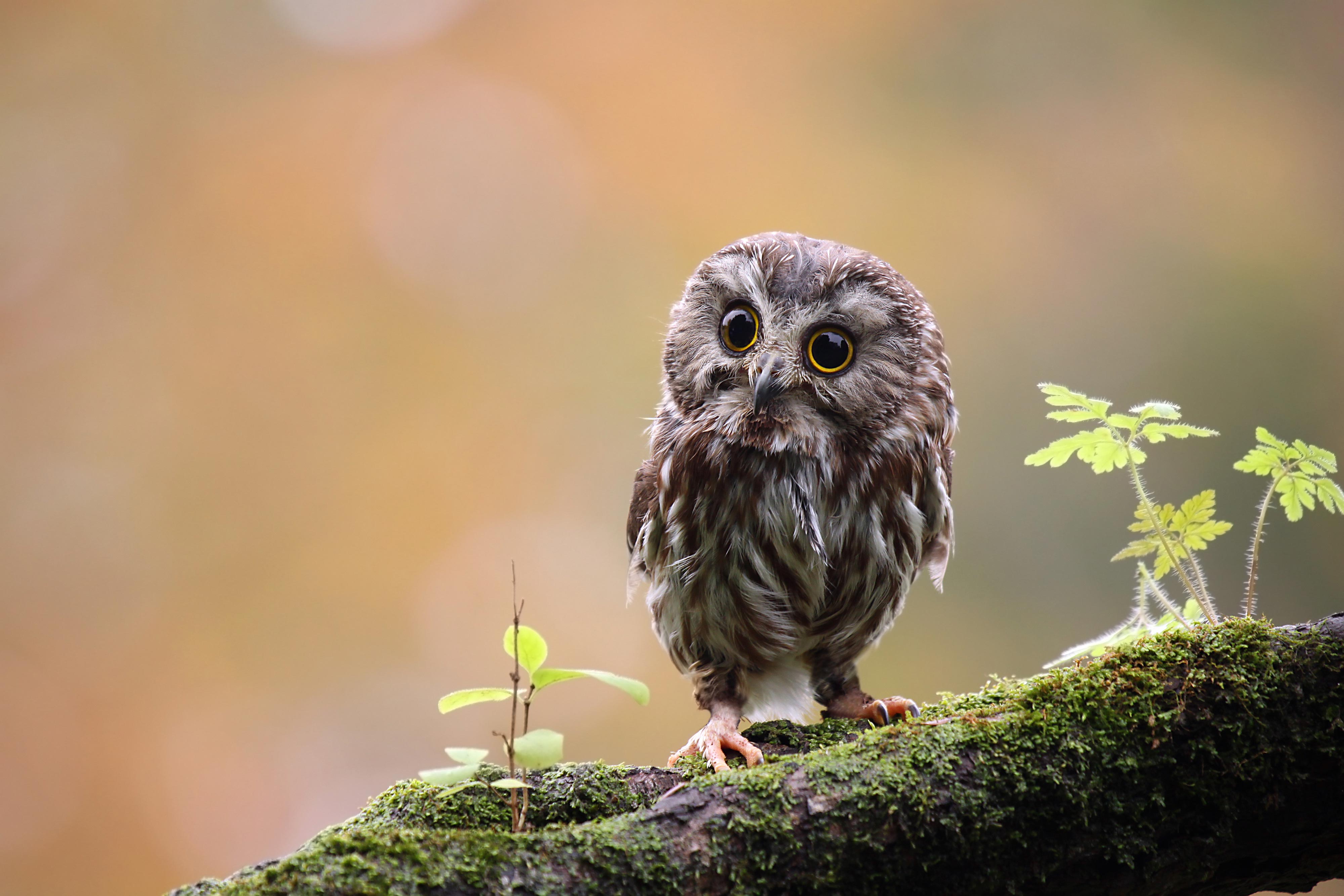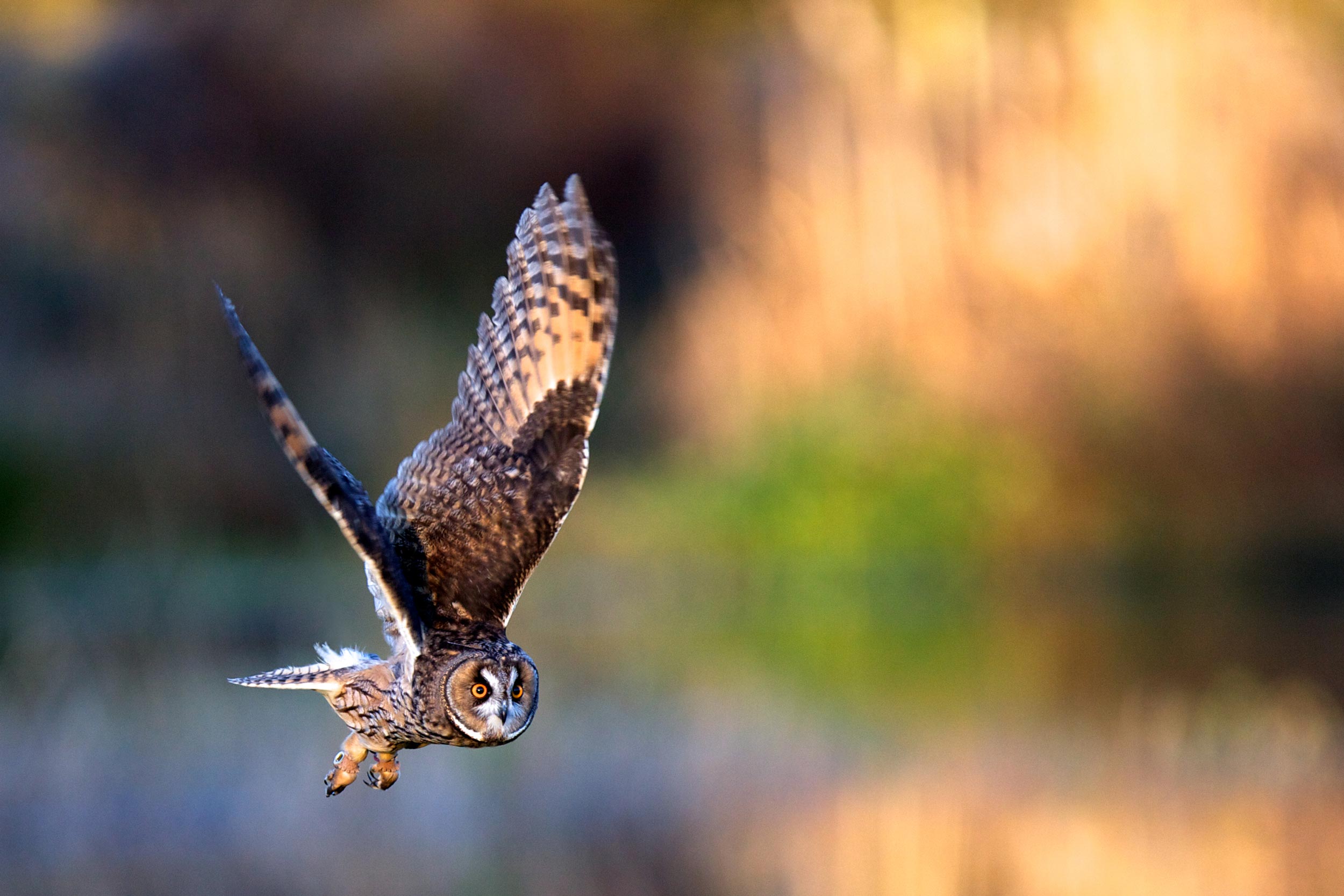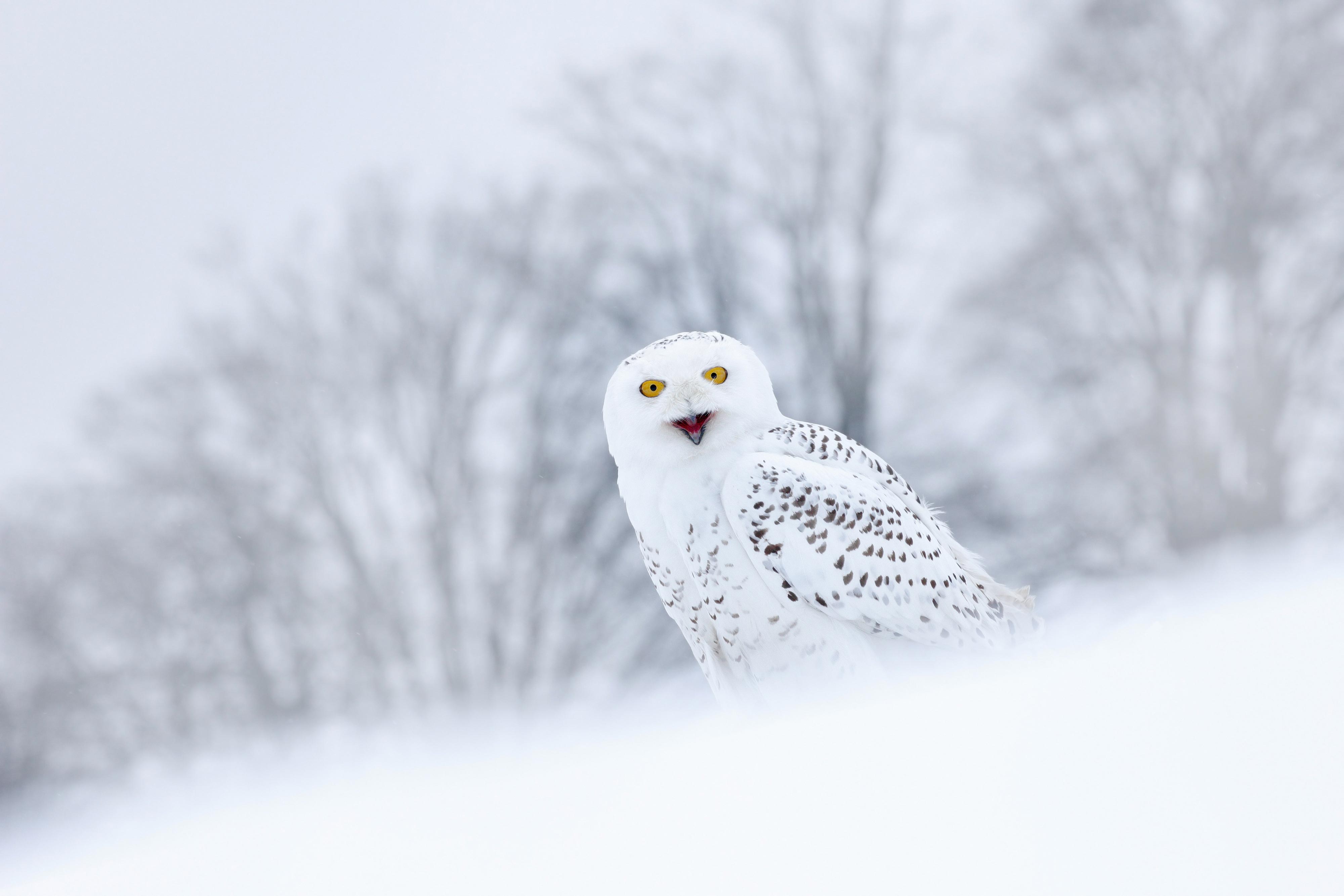| Story by Laura Kiran |
11/16/2018
Down through the centuries, owls have been viewed as mesmerizing creatures, often described as wise, serious and even magical. While more than 200 species of owls are reported to exist worldwide, it is the elusiveness of this member of the raptor family that contributes to its long-held air of mystery.
“In comparison to other birds, owls probably wouldn’t rank as the wisest, even though that is the stereotype,” said Bob Bryerton, interpretive naturalist at the Forest Preserve’s Plum Creek Nature Center in Crete Township. “However, they are incredibly adaptable and have amazing instincts. And they are definitely hard-wired to work within the environment to get what they need to survive.”
Owls’ evasive nature, he explained, centers in part around the need to stay undercover for protection. “Owls are not buddies, so a larger owl will kill a smaller owl if given the opportunity. Also, because owls will eat the young of other bird species, most birds do not like owls. And birds, especially crows, will mob them and can actually kill an owl if there’s a large enough group. So, generally, they tend to stay hidden and can camouflage themselves pretty well.”
Owls are also seldom in the public eye due to their hunting patterns, Bryerton said. Because owls and hawks have the same food preferences, hawks tend to hunt during the day and owls at night to reduce the competition. “So hawks get the day shift, and owls get the night shift,” Bryerton explained. Bad luck if you’re a mouse, he added, because you don’t get a break.
In all, Will County is home to eight of the 19 species of owls found in North America. These include the:
- Barn owl
- Barred owl
- Eastern screech owl
- Great horned owl
- Long-eared owl
- Northern saw-whet owl
- Short-eared owl
- Snowy owl

)
)
)
)
)
)
)
)